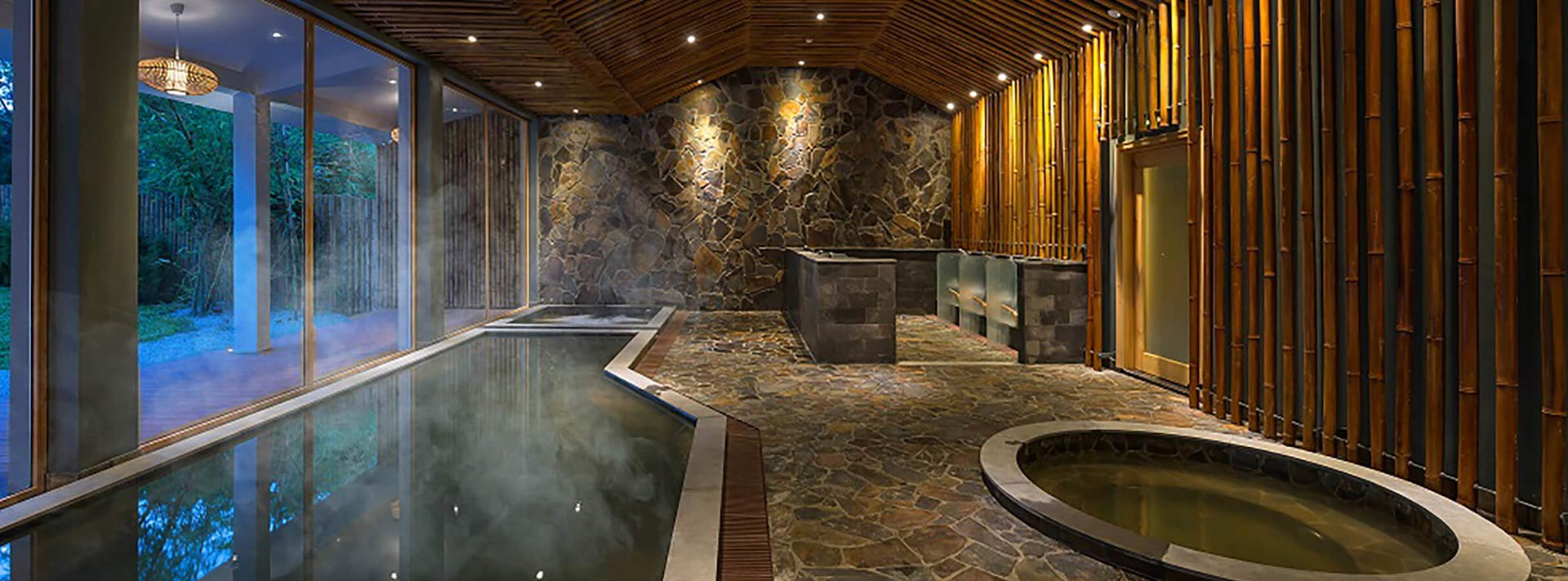THE RETREAT AS SPA, EDUCATION CENTER, & CAMP FOR GROWN-UPS
Three metaphors — the spa, the education center and camp for grown-ups — elucidate the purpose and power of retreats and the challenges they face in realizing these.
THE RETREAT AS SPA
Retreats are like spas that refresh and renew. In our fast-paced, media-saturated lives of unending to-do lists and deadlines, we need a break to replenish ourselves. Most people, of course, do take breaks — an hour at the gym, an evening out, a weekend away, a family vacation. But for the most part, these are not total breaks, as the connection to back home remains via the ever-present cell phone, blackberry and laptop.
The need for the total break was understood by our ancestors from earliest times. It was so important that it was deemed to be commanded by many religions and built into creation itself. The purpose of retreats is literally to remove oneself from the everyday and to live, for a brief time, in a clear and free environment.
The power of retreats lies precisely in this disconnection from home. In an isolated location, there is a sense of being in a world apart. There is little awareness of the outside world, and, therefore, the focus of attention is necessarily on the inner world — the immediate self, group and community. Such a setting forces participants to live in the here-and-now. Without the cues of everyday life, time plays like an accordion. The days of the retreat stretch out endlessly but then seem to pass in a moment. Effective retreats thus create what is called a “total environment.” They work hard to avoid seepage of the outside world into the retreat center. When participants feel free to drive their cars into town or to use the computer in the lounge to check email, the bubble is punctured, and the power of the retreat is diminished.
THE RETREAT AS EDUCATION CENTER
Retreats can be educational settings that attempt to change behaviors and attitudes. Kurt Lewin, the father of modern social psychology, posited that our social and physical environments serve as scaffolding that keeps us acting and thinking in essentially the same way, day after day. In order for us to change, this scaffolding needs to be removed. Without the environmental presses holding them in place, old behaviors and attitudes can be set aside while we try on new ones.
Effective retreats thus create what Lewin referred to as a “cultural island,” a total environment with an intentional and strong culture. They know how to establish unique language, norms, values, customs and symbols for the retreat experience. They are thoughtful about community and group building. They are savvy about interpersonal relations and group dynamics and use individual and group work to provide new experiences, feedback and support for change. They foster an environment that encourages personal risk-taking, exploration, and discovery.
The purpose of retreats is literally to remove oneself from the everyday and to live, for a brief time, in a clear and free environment.
THE RETREAT AS CAMP FOR GROWN-UPS
Consideration of retreats as spas and as education centers is based on studies we have done at Brandeis University on how summer camps work to socialize youth into Jewish life and community. Although instructive parallels exist between youth camps and adult retreats, challenges to retreats arise where the two diverge. The first challenge is the difficulty of getting adults to attend a retreat. Youth camping is normative. Many American Jewish children go to a summer camp of one type of another (whether day camp or residential, whether Jewish or non- Jewish). When a child says, “I went to camp this summer,” no one is surprised. Retreats are not normative for adults but rather seem to be the activity of a fringe minority. When an adult says, “I went to a retreat this weekend,” arched eyebrows may be part of the response.
Children have the summer off and there is a need to fill the time. Adults face the opposite problem of never having enough time. It has long been recognized by meditation centers that those who most need it are the ones who are least likely to find the time for it.
Moreover, camps are able to think longitudinally; retreats generally cannot. It is not unusual for a child to attend camp for five or even ten years. As a result, camp is part of that child’s experience through childhood, into the teenage years, and sometimes into young adulthood, annually influencing each stage of development.
High return rates not only extend the potential of camp to influence a child’s Jewishness but also simplify the task of recruitment. If done well, the upper bunks are filled with returning campers, and the camp’s effort can be focused on bringing in the youngest groups who, it is hoped, will grow up at camp.
Most adult retreats do not work this way. They are often one-shot affairs or annual events that lapse after a few years. In cases where they have managed to continue over a number of years, their participants do not move along through stages or age out as campers do. Rather, these retreats have had difficulty attracting new people as the founding generation comes to be seen as an impenetrable clique of “groupies.”
THE MORE ISOLATED THE RETREAT AND THE STRONGER ITS CULTURE, THE MORE IT WILL MINIMIZE PARTICIPANTS’ RESISTANCE TO CHANGE.
(KURT LEWIN, “FRONTIERS IN GROUP DYNAMICS,” HUMAN RELATIONS, 1, 1947).
Most adult retreats do not work this way. They are often one-shot affairs or annual events that lapse after a few years. In cases where they have managed to continue over a number of years, their participants do not move along through stages or age out as campers do. Rather, these retreats have had difficulty attracting new people as the founding generation comes to be seen as an impenetrable clique of “groupies.”
The final challenge concerns impact. The research literature is clear that retreats have a powerful immediate effect on participants, but there is little evidence that the effect is lasting. Because personal change is dependent on the environmental scaffolding and because retreats are short-lived and do not have the year-after-year opportunity of summer camp, new behaviors are not maintained after participants leave the cultural island and return back home. The solution to this challenge may be found in a medical metaphor: Change requires a powerful inoculation, followed by periodic booster shots. If retreats are to have an enduring effect on how people live their lives back home, they must be conceived of not as single events but as ongoing programs. Such a model is our best chance for gaining the benefit of the retreat as spa, education center and, yes, as summer camp for grown-ups.
This articles was authored by Amy L. Sales and was published in 2006 e-newsletter of Brandeis University’s Cohen Center for Modern Jewish Studies.



